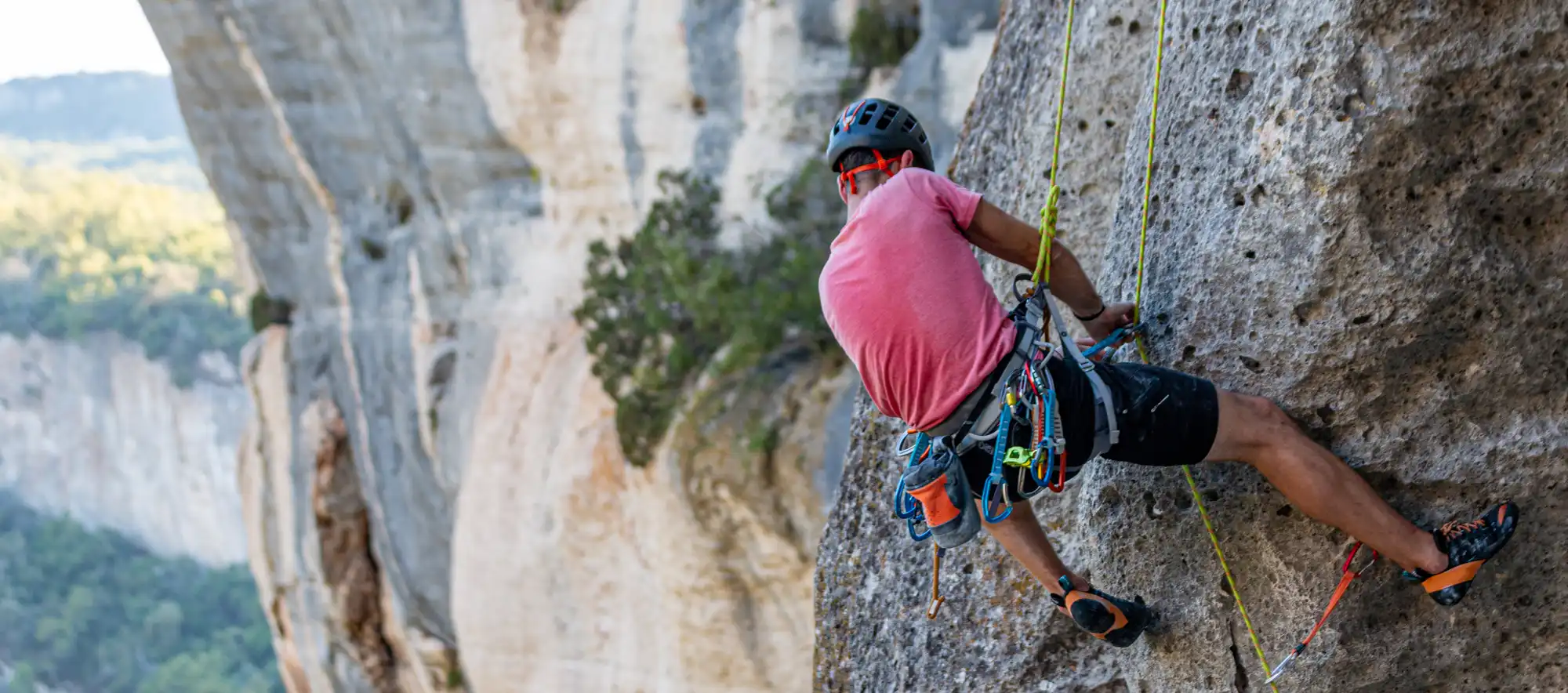Climbing with a Finger Injury?
A2 Pulley Rehab That Works
If you’ve noticed finger pain after a hard crimp or heard an unexpected “pop,” you might be dealing with an A2 pulley injury. This guide explains what the A2 pulley is, why climbers commonly irritate it, and the big-picture steps for getting back on the wall safely.
What is the A2 pulley (in plain English)?
The flexor tendons that bend your fingers are held close to the bone by small bands called pulleys. The A2 pulley sits at the base of the finger on the palm side and carries a lot of load when you crimp. That’s why it’s the pulley climbers most often irritate.
Common signs it could be your A2
- Local tenderness at the base of the finger (palm side).
- Discomfort with gripping—especially on small holds or hard crimp positions.
- Mild swelling or a “line of pain” when loading the finger.
Other structures (collateral ligaments, volar plate, flexor tendon) can create similar symptoms. A proper assessment helps clarify what’s going on.
How these injuries usually happen
- Sudden high load on a small edge (dynamic moves, cold fingers, end-of-session fatigue).
- High crimp volume without enough recovery time.
- Returning too quickly after a break or spike in training intensity.
Big principles that usually help
- Early guidance beats guesswork: a clinician who understands climbing can map out a sensible plan.
- Gradual loading: most finger issues improve with the right amount of load at the right time — not endless rest, and not “push through it”.
- Grip choice matters: many climbers find open-hand or softer grips more tolerable early on, saving full crimps for later stages.
- Context, not cookie-cutter: decisions depend on your goals, route style, and how your finger responds between sessions.
When to seek assessment
- Finger pain isn’t improving after a reasonable period of load modification.
- Marked weakness, a visible “bowstring” when bending, or night/rest pain.
- Numbness, tingling, colour change, or a concerning mechanism (big fall/trauma).
How Crux can help
We combine climbing-specific assessment with a clear plan that fits your routes and training blocks. Expect education, graded loading, and practical advice you can use in the gym or at the crag — all tailored to you.
Don’t let back pain hold you back. Take the first step towards lasting relief and better movement.
Click Book Now to secure your appointment online.
RECENT BLOGS
CATEGORIES
AUTHOR
Patrick Brewer
Patrick Brewer is the founder and Principal Chiropractor at Crux Clinic. With a lifelong passion for sport and health, his journey began at sixteen during work experience in a prosthetics and orthotics clinic — where he witnessed the life-changing power of recovery. Today, Patrick is dedicated to helping people move beyond pain, regain confidence, and get back to doing what they love most.
Get in Touch
Not sure if an appointment is the right step yet? Use the form below to send us your questions and we’ll be in touch to help.


